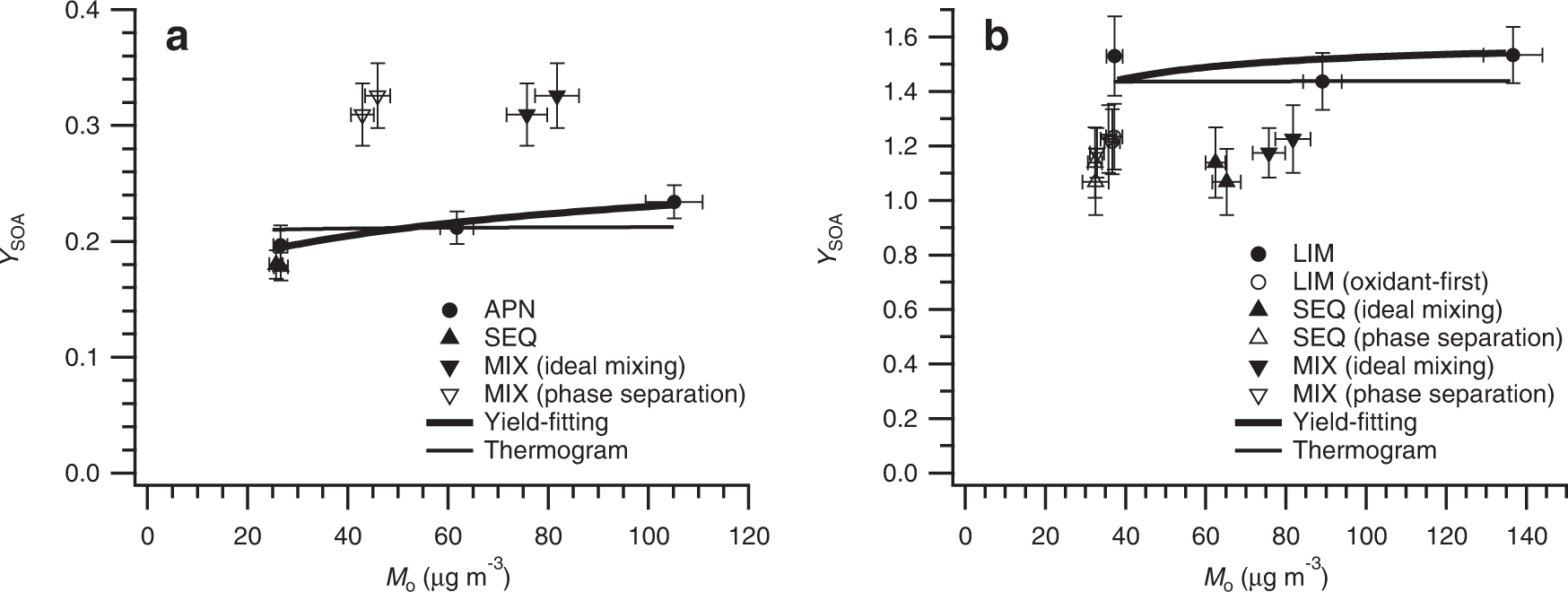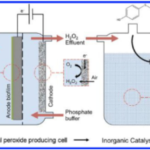化学の研究者は、計算モデリングと実験的手法を組み合わせて、さまざまな添加剤が保護処理をどのように改善するのかを理解しています。 Chemistry researchers combine computational modelling with experimental methods to understand how different additives improve protective treatment.
2023-02-01 ニューサウスウェールズ大学(UNSW)
◆大理石は、方解石を主成分とする材料の中でも、その美しさが注目されている材料です。フィレンツェのミケランジェロのダビデ像やアテネのパルテノン神殿の円柱など、世界的に重要な文化財に使用されている。しかし、大理石は屋外にさらされると、雨で劣化しやすいという欠点があります。
◆近年、保存科学者によって、大理石の耐雨性を向上させる有望な新しい処理方法が開発されました。この処理法は、大理石の表面に、歯や骨にも含まれる天然鉱物のリン酸カルシウム(CaP)またはハイドロキシアパタイトからなる耐久性のある保護膜を形成することで効果を発揮します。他の処理と異なり、大理石の変色や美観の変化はありません。
◆これまでの研究で、この処理にアルコールなどの有機溶媒を加えると、ハイドロキシアパタイト層が大理石を保護する能力を向上させることが分かっていたが、観察された改善の理由は必ずしも明らかではなかった。
◆この研究のために、研究者達は、エタノール、イソプロパノール、アセトンが、彫刻や建築に広く使われている大理石の一種であるカッラーラ大理石サンプルのカルサイト表面に吸着するかどうかをテストしています。吸着(吸収と混同しないように)とは、分子、原子、イオンが表面に集積することを指し、例えば、水蒸気を保持し、物事を乾燥させるのに役立つシリカゲルの小さな袋のようなものである。
◆研究者たちはまず、大理石のカルサイト表面と溶媒(純水と水を混ぜたもの)の相互作用を、コンピューター・モデリングでシミュレーションした。1つは水のみを溶媒として使用し、残りの3つは添加剤を使用したもので、4つの異なる条件で実験を行った。大理石のサンプルは、リン酸塩前駆体の水溶液100 mLを入れたビーカーに、有機添加物を含むものと含まないものを別々に浸漬して処理しました。
◆異なる有機溶媒は、モデリングで大理石表面に近づいたとき、異なる挙動を示した。アルコール類は方解石上に撥水層を形成し、アセトンは混合された動的な層を形成した。しかし興味深いことに、実験ではそれぞれの溶媒に大きな違いはなく、処理による保護性能を向上させたのです。
<関連情報>
- https://newsroom.unsw.edu.au/news/science-tech/scientists-develop-new-approach-help-optimise-marble-conservation
- https://www.sciencedirect.com/science/article/pii/S0169433223001149
方解石[101¯4]表面への水および有機溶媒の吸着:大理石の保存処理への影響 Adsorption of water and organic solvents on the calcite[101¯4] surface: Implications for marble conservation treatments
Antonia E.Papasergio,Greta Ugolotti,Enrico Sassoni,Martina Lessio
Applied Surface Science Available online :18 January 2023
DOI:https://doi.org/10.1016/j.apsusc.2023.156438

Highlights
- •Adsorption of ethanol, isopropanol and acetone on the calcite surface was modelled.
- •Alcohols form a hydrophobic layer on calcite, while acetone forms a mixed layer.
- •Efficacy of solvents for marble protective treatment was experimentally tested.
- •All solvents favour formation of protective calcium phosphate layer.
- •The solvent behaviour at surface was proven to have no major effect on treatment.
Abstract
When exposed outdoors, marble artefacts are subject to degradation caused by dissolution in rain. To improve acid-resistance of marble, surface treatments involving the in situ formation of a passivating calcium phosphate (CaP) layer have been developed. Adding alcohol to the treatment improves CaP coverage but the reason is still unclear. Here, we use computational and experimental studies to ascertain whether the interaction of the organic additives with the marble surface plays a role in determining the treatment outcome. Density functional theory calculations are employed to determine the binding energy of additives on the calcite [<?XML:NAMESPACE PREFIX = “[default] http://www.w3.org/1998/Math/MathML” NS = “http://www.w3.org/1998/Math/MathML” />101¯4] surface and identify acetone as a promising new additive due to its weak adsorption. Molecular dynamics calculations show that ethanol and isopropanol displace water from the calcite [101¯4] surface forming an immobile, ordered, and hydrophobic layer, while acetone and water form a mixed, dynamic environment. In experimental trials, a continuous (yet cracked) layer of carbonate hydroxyapatite is formed after 24 h, with all organic additives improving the final coating. This result suggests that the interaction of the additive with the marble surface does not play a major role in determining treatment outcomes and other factors should be investigated for the design of improved treatments.



